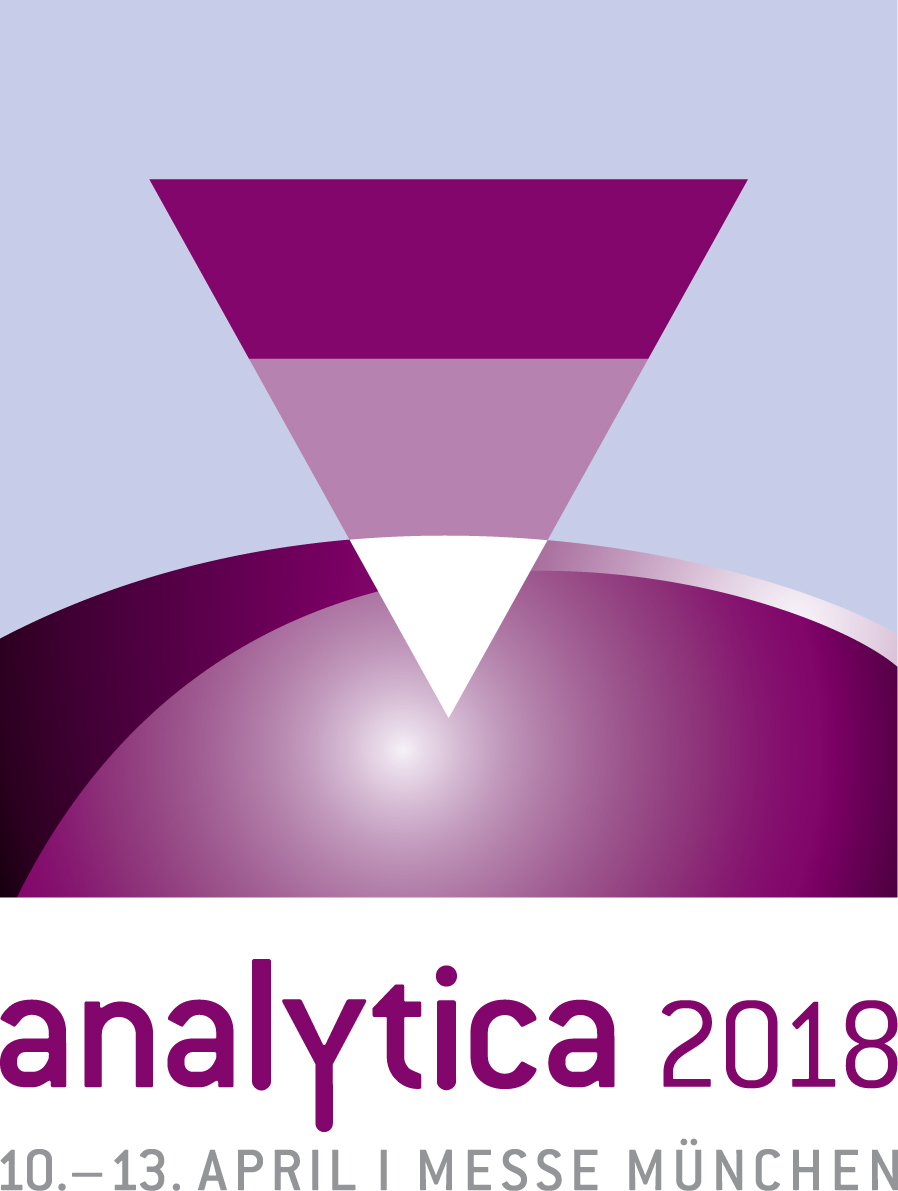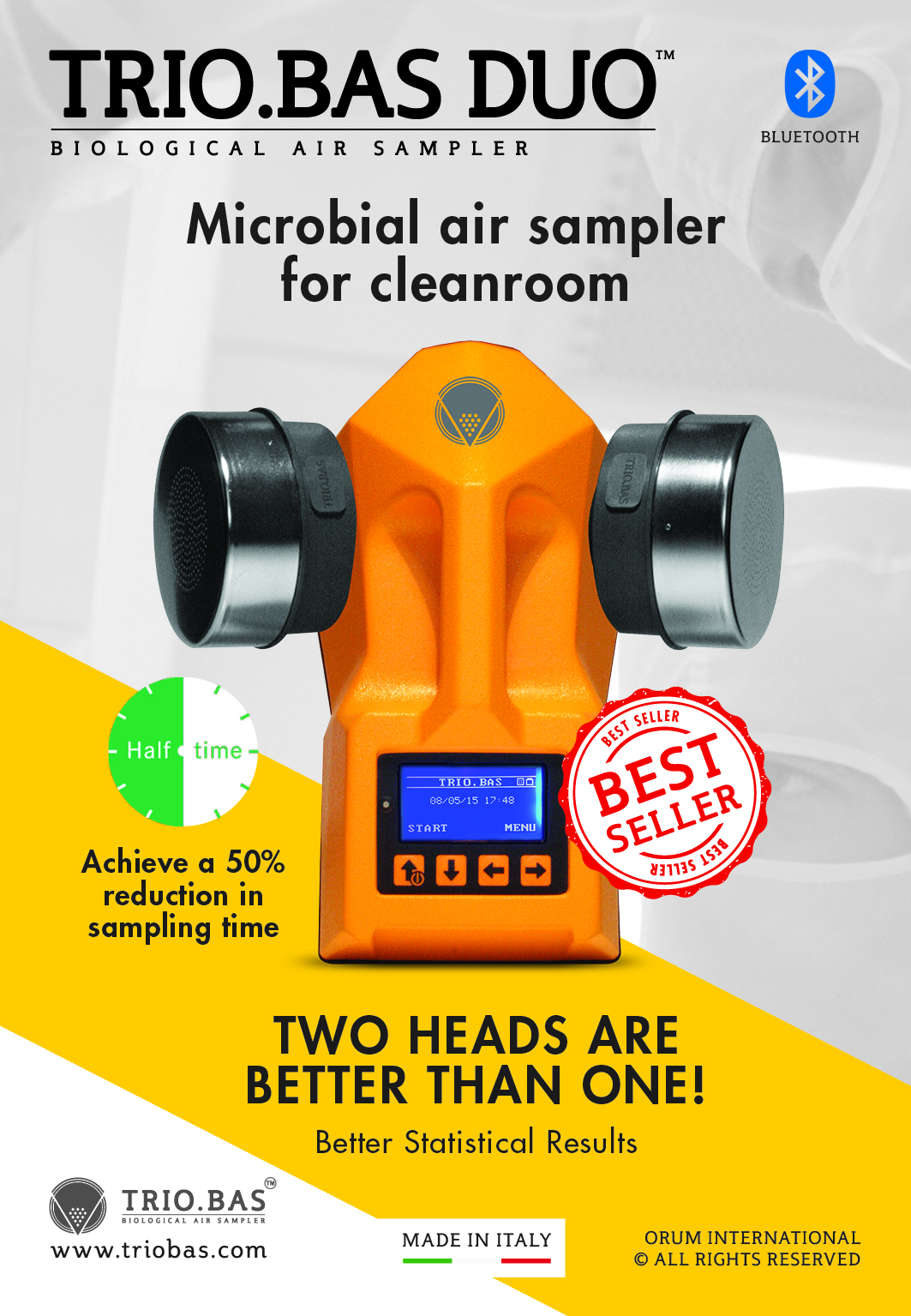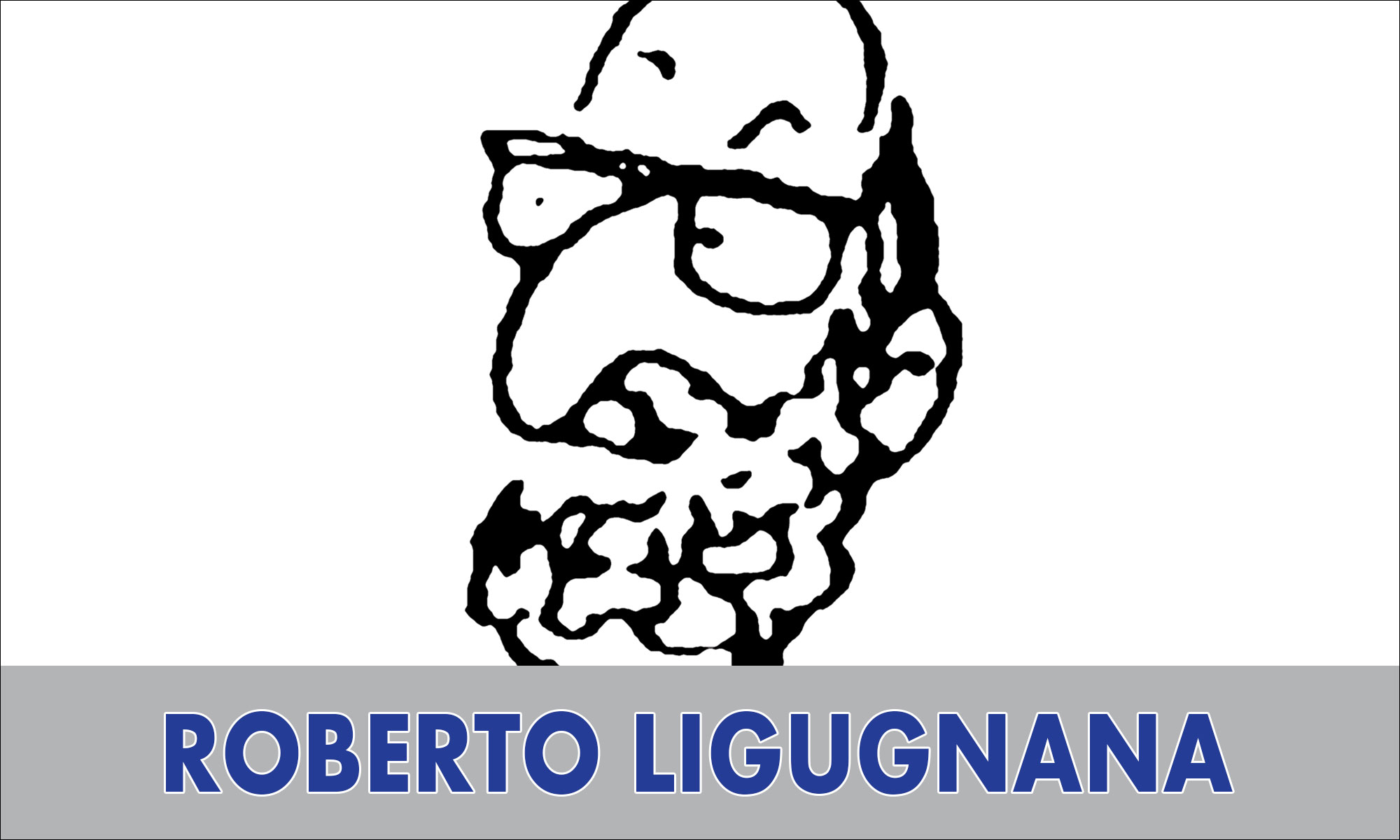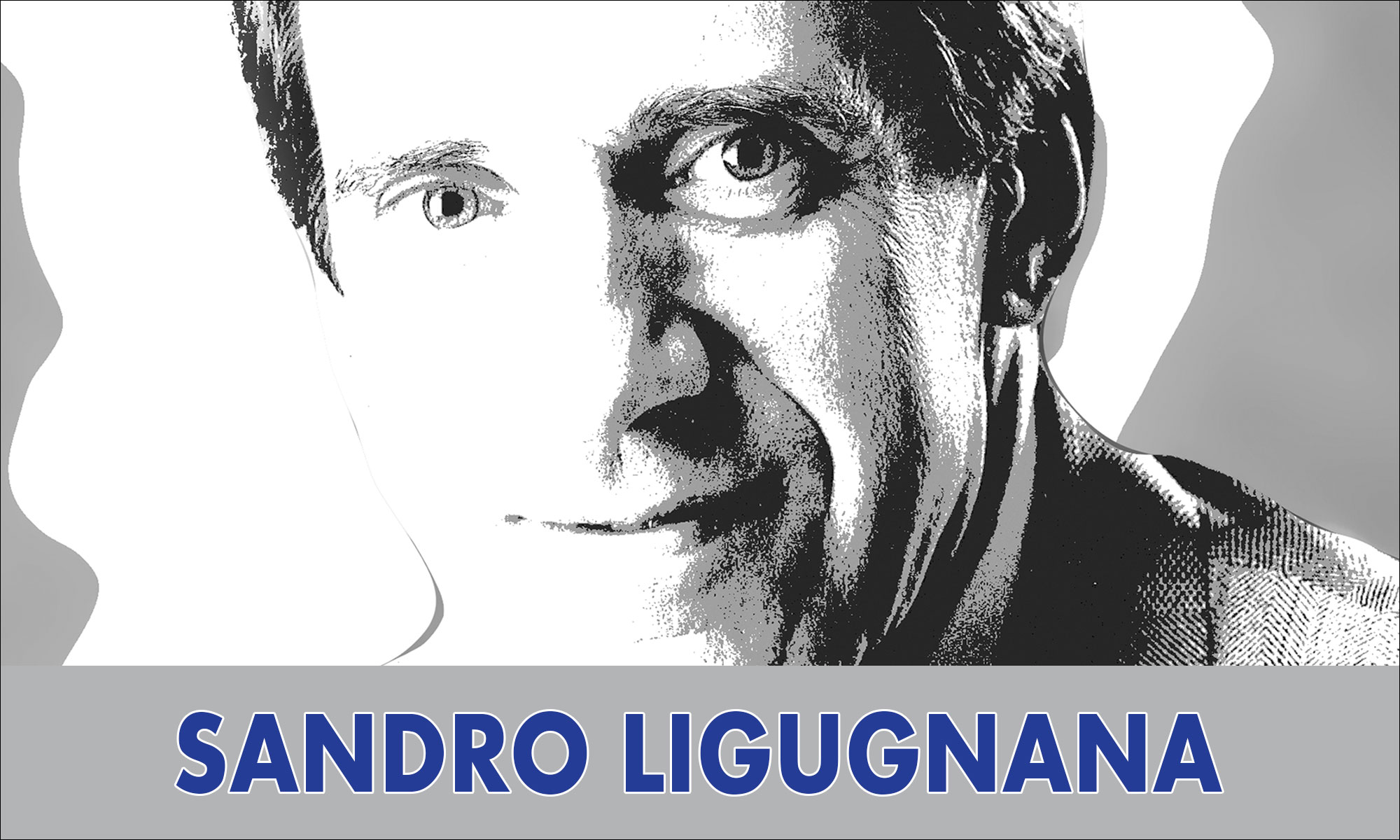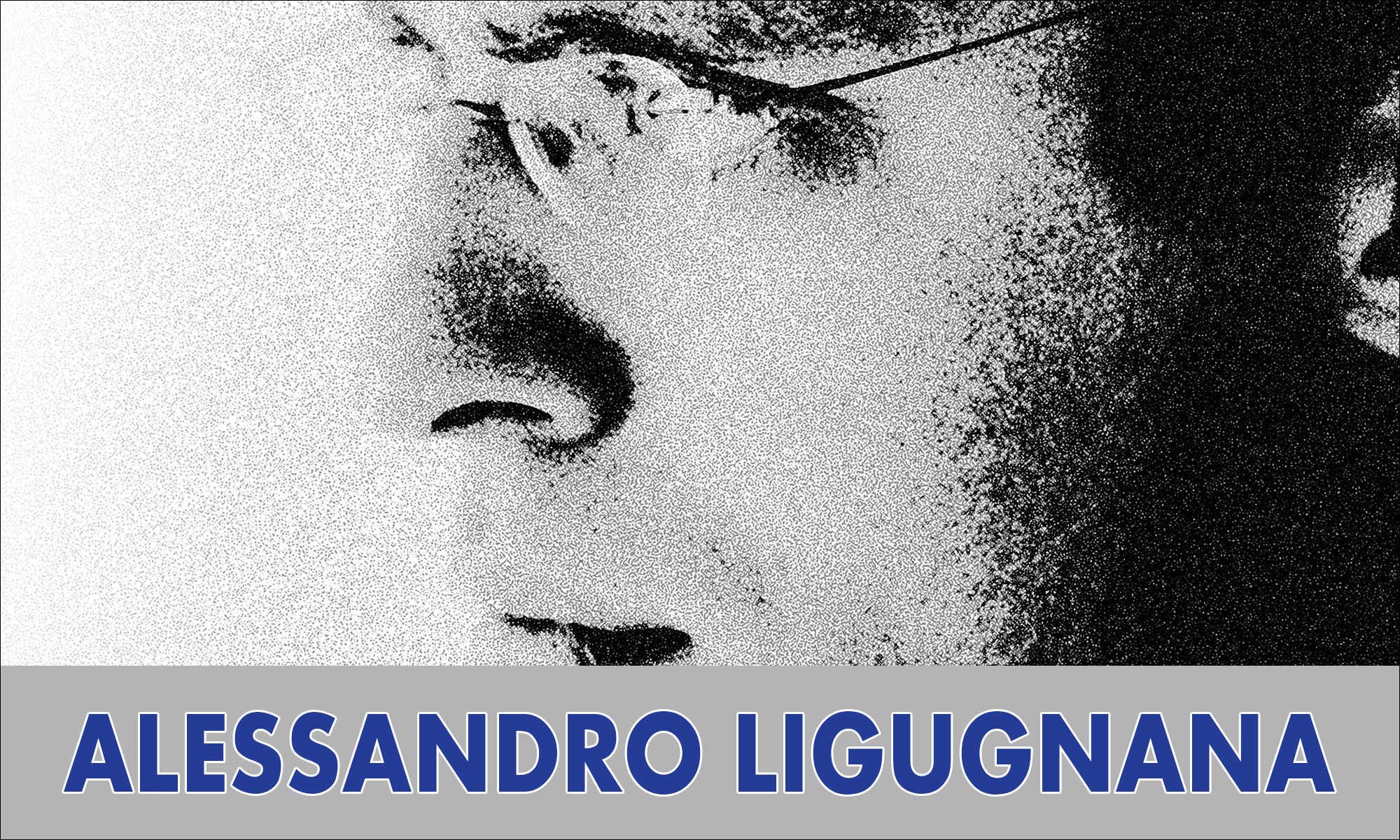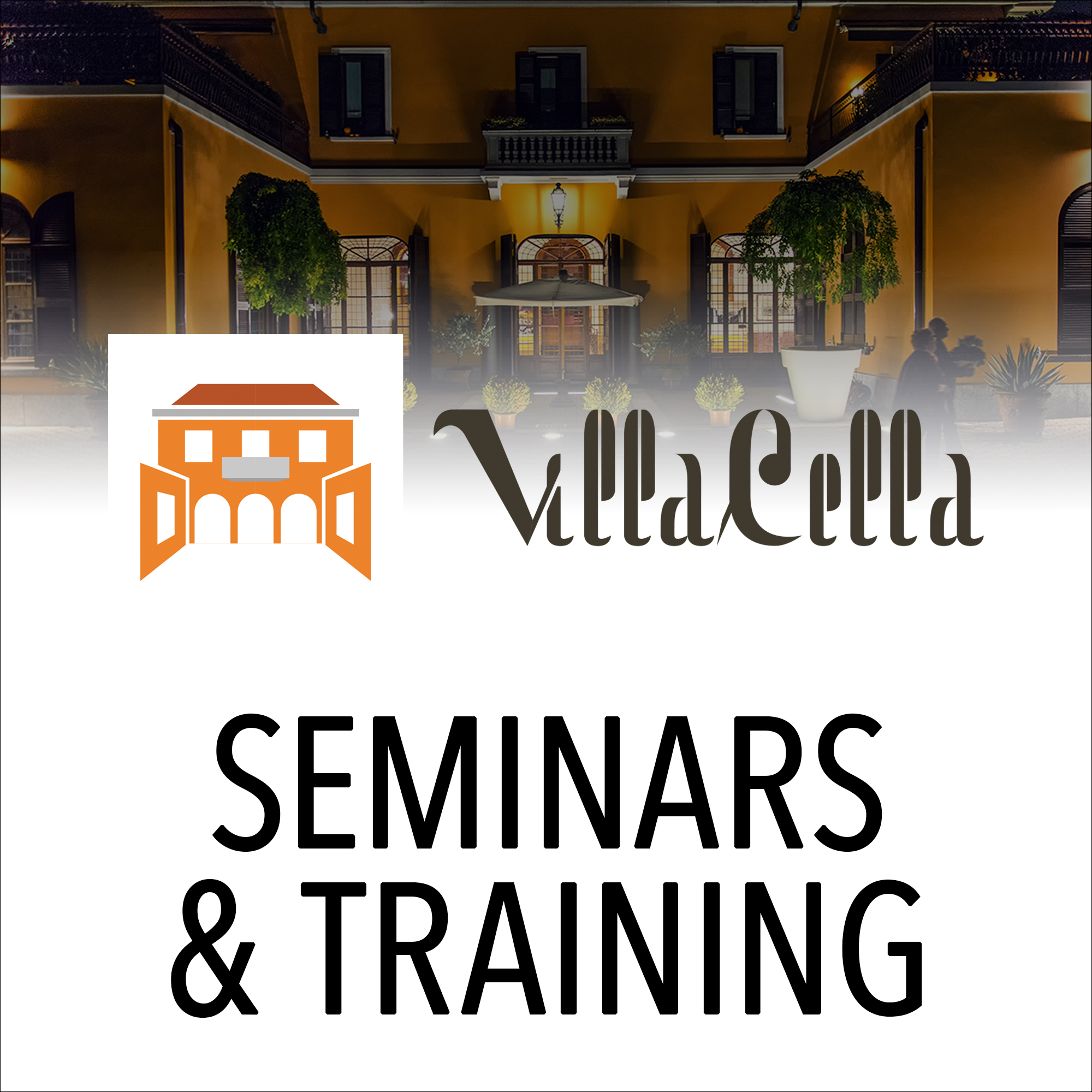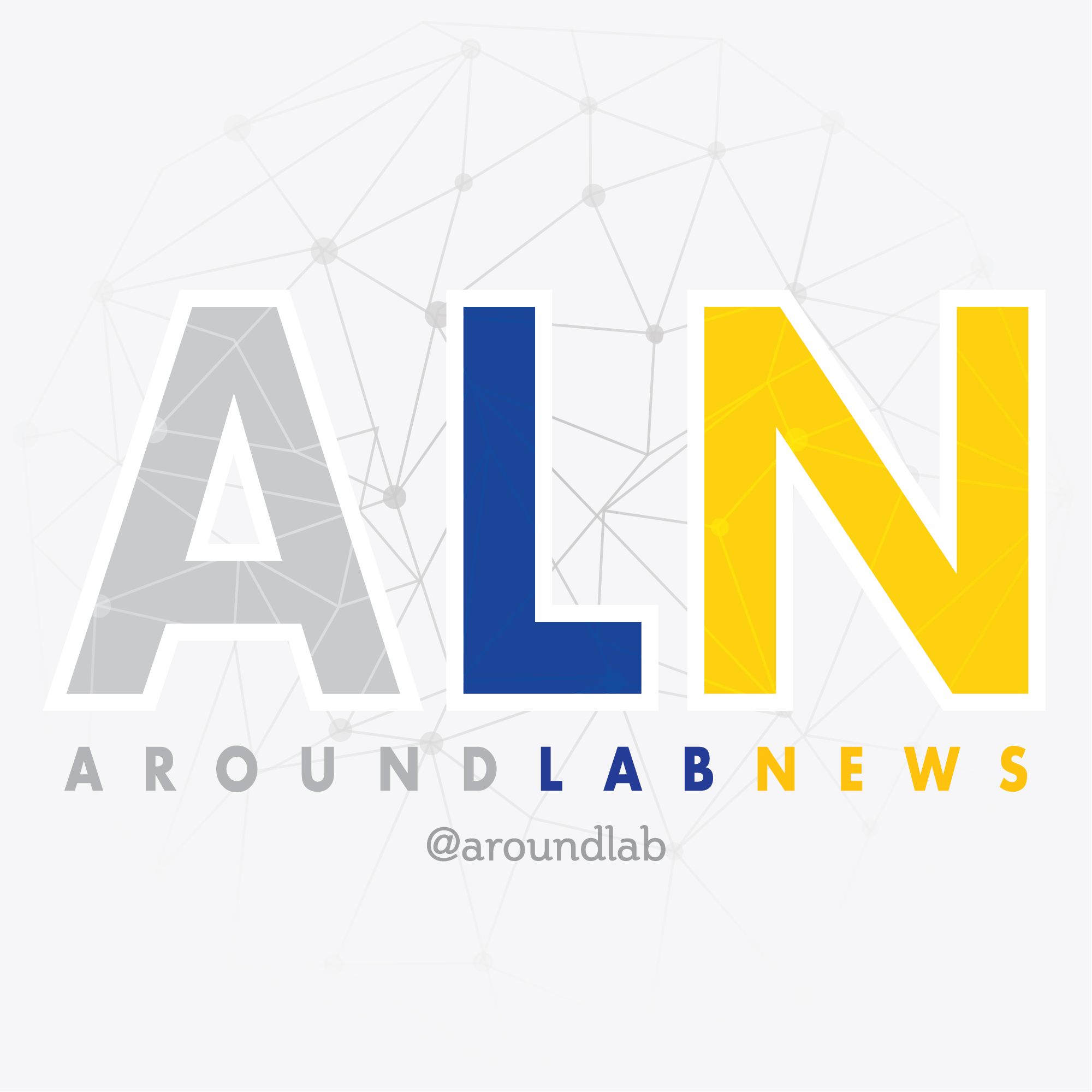Application Note – Bioaerosol N.28 – USP Regulation 797

Issued by the non-profit US Pharmacopoeia (USP) and endorsed by the Joint Commission on Accreditation of Healthcare Organizations (JCAHO), “USP Regulation 797” is the first enforceable standard for sterile compounding. Originally enacted on January 1, 2004, the latest version became official on June 1, 2008.
“USP 797” is a broad regulation that covers a variety of pharmacy policies and procedures. It is designed to reduce the number of patient infections due to contaminated pharmaceutical preparations.
“USP 797” contains specific requirement for ongoing air and surface evaluation to ensure product sterility and safety for compounded sterile preparations (CSPs).
“USP 797” applies to all staff and environments involved in the preparation of CSPs: pharmacies, hospitals, clinics, medical doctor offices. Less formal procedures are applied in these sectors for sterility safeguard in comparison with drug manufactured that are under strict control of FDA.
• Risk level
“USP 797” classifies the compounding in 3 different levels: Low-Risk level CSPs, Medium-Risk level CSPs, High- Risk Level CSPs.
• Recommended Action Levels for microbial contamination
- Viable Air Sampling
| CLASSIFICATION | CFU / 1000 LITRES OF AIR |
| ISO Class 5 | >1 |
| ISO Class 7 | >10 |
| ISO Class 8 or worse | >100 |
Surface Sampling
| CLASSIFICATION | CFU / RODAC plates |
| ISO Class 5 | >3 |
| ISO Class 7 | >5 |
| ISO Class 8 or worse | >100 |
If air or surface microbial contamination action levels are reached, taking immediate action will help to quickly eradicate threats and mitigate risks to patients health.
It may be necessary to consult a microbiologist/infectivologist or industrial hygienist to identify and correct the source of contamination.









